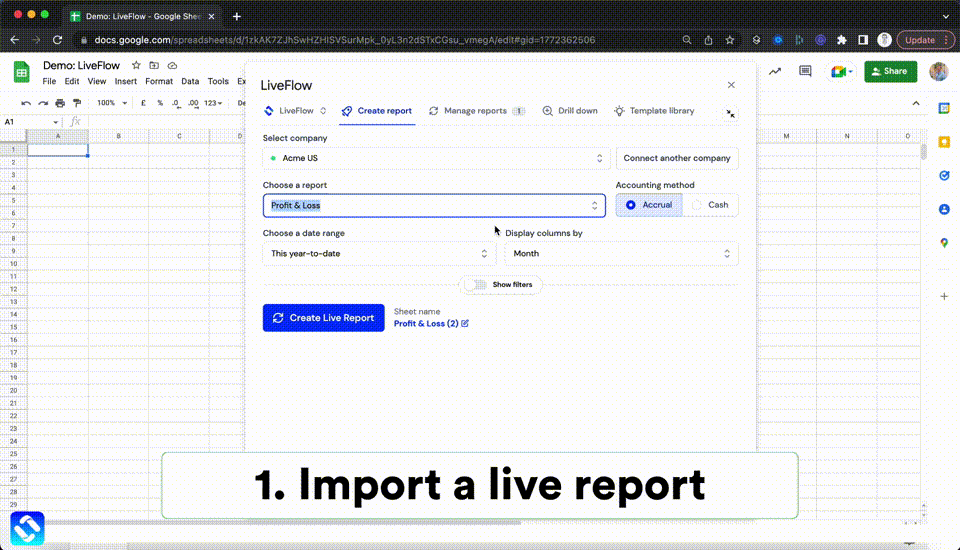NETWORKDAYS Formula in Excel: Explained
In this article you will learn how to use the NETWORKDAYS function in Excel.
What does the NETWORKDAYS function in Excel do?
The NETWORKDAYS formula in Excel is a formula that calculates the number of working days (weekdays) between two dates, excluding weekends and any holidays you specify. This function is very useful in a wide range of applications across different industries and professions.
What are the uses of the NETWORKDAYS formula in Excel?
The NETWORKDAYS function in Excel has several uses, including:
- Project management: It can be used to calculate the number of working days between the start and end dates of a project, which can help you to schedule tasks and allocate resources more effectively.
- Payroll and human resources: It can be used to calculate the number of working days between an employee's start date and end date, which can help to calculate their pay and benefits.
- Financial analysis: It can be used to calculate the number of working days between the start and end dates of a financial period, which can help to calculate interest and other financial metrics.
- Service level agreements: It can be used to calculate the number of working days between the start and end dates of a service level agreement, which can help to ensure that service level targets are met.
How to Use the NETWORKDAYS function in Excel?
The syntax for the NETWORKDAYS formula is:
start_date: The start date of the period you want to calculate the number of working days for.
end_date: The end date of the period you want to calculate the number of working days for.
[holidays] (optional): A range of dates that represent the holidays that you want to exclude from the calculation. This argument can be omitted if there are no holidays to exclude.

Note: Dates should be entered by using the DATE function, or as results of other formulas or functions which have Date as an output. For example, use DATE(2012,5,23) for the 23rd day of May, 2012. Problems can occur if dates are entered as text. If any argument is not a valid date, NETWORKDAYS returns the #VALUE! error value.
Analyze your live financial data in a snap in Google Sheets
Are you learning this formula to visualize financial data, build a financial model, or conduct financial analysis? In that case, LiveFlow may help you automate manual workflows, update numbers in real-time, and save time. You can access various financial templates on our website, from the simple Income Statement to Multi-Currency Consolidated Financial Statement. Are you interested in this product but are an Excel user? That’s not a problem at all. You can connect Google Sheets to Excel quickly.
To learn more about LiveFlow, book a demo.

You can learn about other Excel and Google Sheets formulas and tips that are not mentioned here on this page: LiveFlow‘s How to Guides



